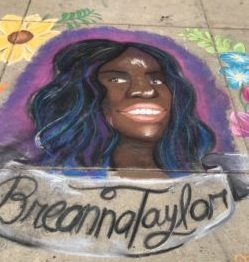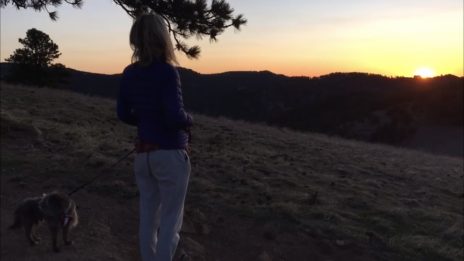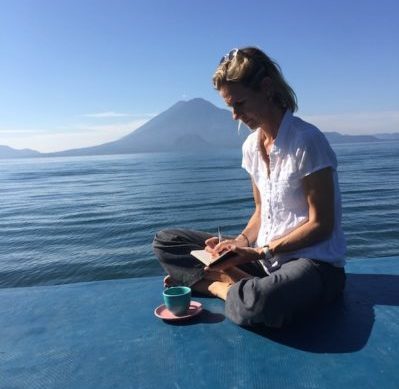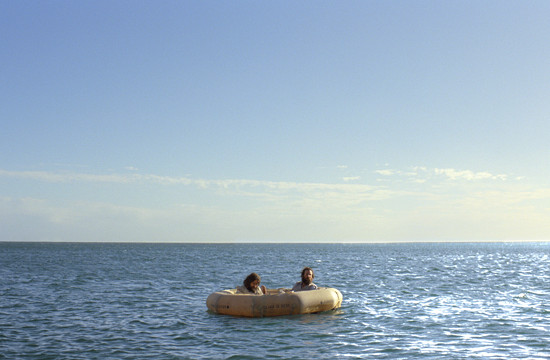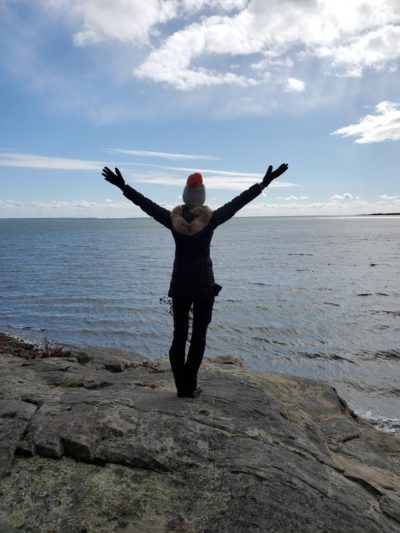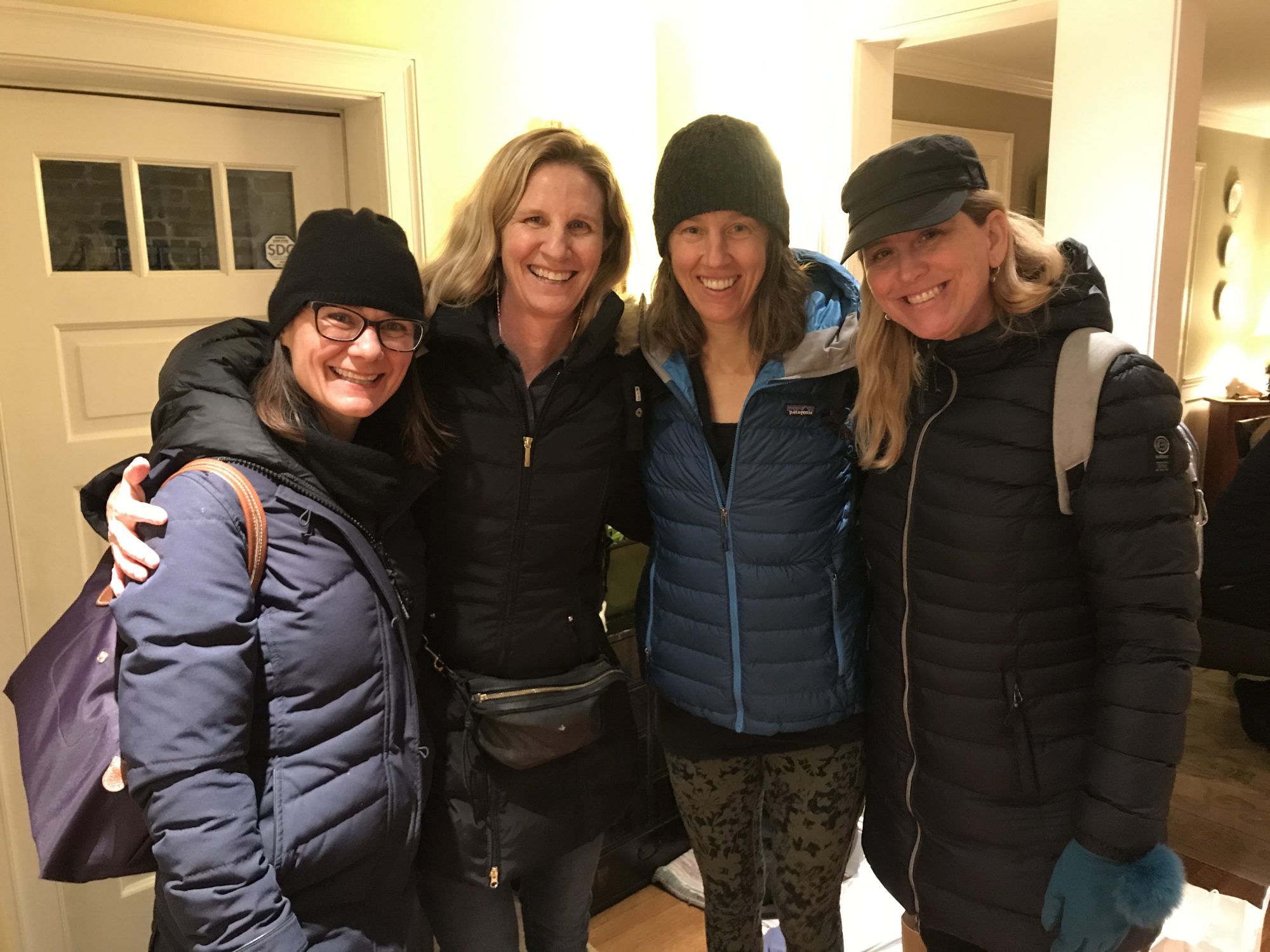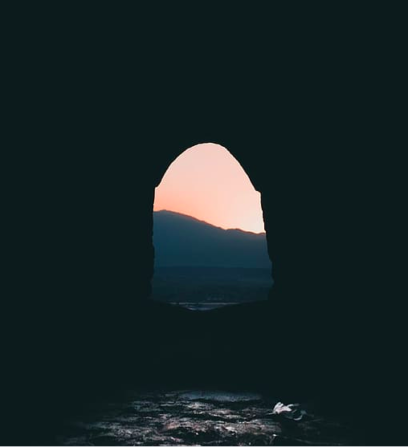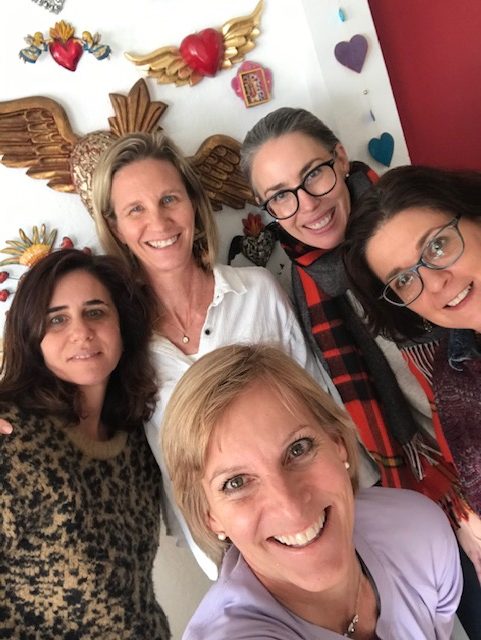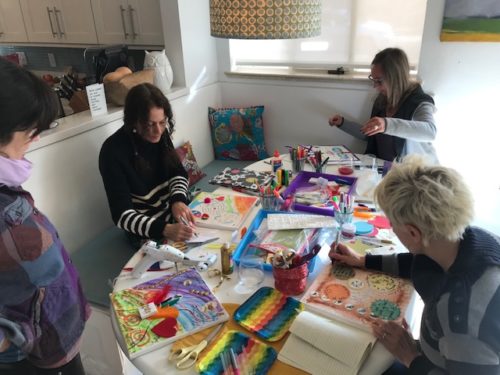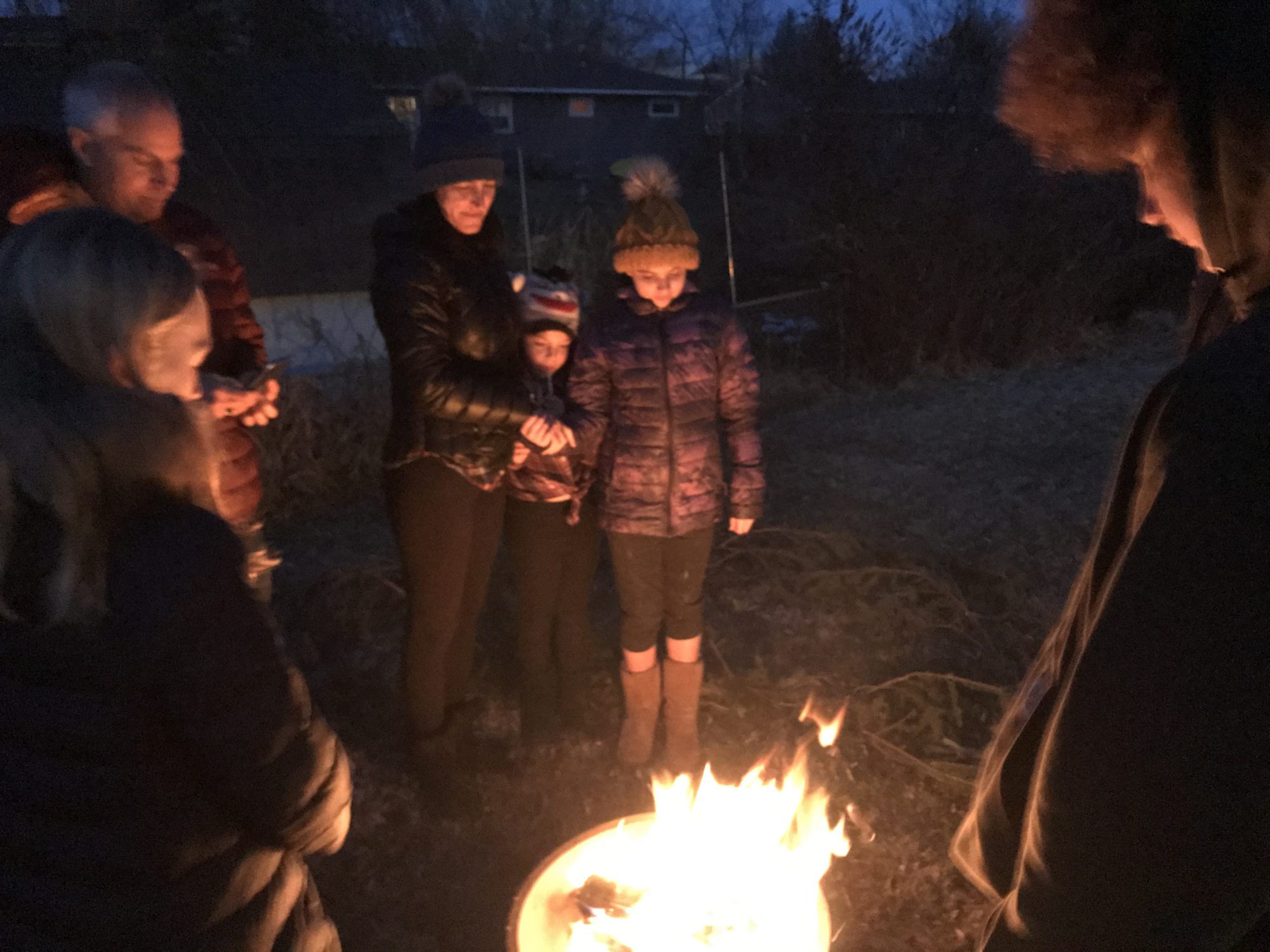A few nights ago, I woke up at 3 a.m., convinced that the sciatic pain in my left leg meant I wouldn’t be able to walk the next day. It was not a real threat. But I couldn’t get back to sleep.
Why not get up and test my hypothesis? Well, it was freezing outside of my covers. And what if I tested it and found out I was right? That would be terrible. MUCH better to stay here, lose sleep, and spin in fear.
Wait! I have tools to deal with fear. I’ve been developing and improving them ever since my diagnosis in 2016. I gave one tool the acronym SAFE so I could remember it even when I’m half asleep.
I want to share this tool SAFE with you in case you might be a wee bit afraid these days about your health or the safety of the planet or the safety of democracy or all three (like me).
This tool is different than other relaxation or distraction methods. It actually gets me beyond my fear by going through it.
Our culture teaches us to avoid discomfort or distract ourselves from sadness, pain, and fear. But what if those aren’t “bad” feelings? What if we need them to connect to one another? What if understanding our own sorrow is a way to empathize with others and act with compassion?
What if we walked toward fear with gentle skill, instead of pushing it away?
We cannot control pain and what happens to us. But we can control our suffering by using SAFE as a tool so that we can calmly go back to sleep and wake up with more energy to tackle our challenges.
It begins with understanding the difference between pain and suffering.
Pain is caused by circumstance. It’s the broken bone, broken home, or the broken heart. It’s the climate crisis or the political divisiveness. It’s an angry sciatic nerve. It’s also the human experience of feeling sick or lonely.
Suffering is caused by our fear-filled thoughts. It’s what we pile on top of pain with our stories about the end of the world, the end of life, or our unworthiness. It’s the voice of Fear that says, “This is bad. This will get worse. I am not doing enough to make it better. I am not enough.”
When we believe that our scared thoughts are real, we can get caught in fight, flight, or freeze mode. The danger response comes from the Amygdala, the oldest part of our brain. It cannot tell the difference between a perceived threat and a real one. It sounds the alarm anyway. And the thought that set off the alarm in the first place doesn’t respond to us wishing it away or shouting at it to leave.
What helps is to name the voice of fear. I simply call my doomsday voice, “Fear” with a capital F. I picture her as a fancy woman in stiletto heels. She carries a red pen to cross out everything I write. Lately, I call the voice “Bo” as in “Bo-ring” because fear is universal. It is the most unoriginal thing about me.
By naming our fear, we separate it from ourselves. “Got it, Bo. You think I won’t be able to walk tomorrow.” This simple step activates the more highly-evolved parts of our brain and we can shift into a calmer, more effective state of being.
What I’ve learned through my diagnosis and from listening to your stories of pain and resilience, is that we are not fragile. We can handle far more than we think.
What makes us suffer is the thought that we are not safe.
How can we let go of that thought?
We don’t. We remember SAFE, and we practice the tool until the thought dissipates. It’s as if Fear gives up and lets go of us.
There are four simple steps to this process I call SAFE. The first time, it takes 5-10 minutes. With practice, it takes less than 1 minute. The wisdom in SAFE comes from Kristen Neff’s work on Self-Compassion, Byron Katie’s “The Work”, the latest brain research, and one of the oldest Tibetan prayers. I am grateful for their guidance.
SAFE is:
Stop: Pause. Notice that you are suffering. And notice that right now, you are safe. Take a deep breath, hold it, count down from 5-4-3-2-1 then release it. Do this as many times as you need. Call your fear by name. Be gentle. Say, “Bo, I am safe. This sounds like fear, not truth.”
Ask: Question the thought. Challenge it. Is it really true? Is it guaranteed that I won’t walk tomorrow? Is it possible that I’m inflating this? What would a wise, rational friend say right now? Can I listen to that voice instead of Fear’s voice? Notice that the goal here is to engage with Fear by asking questions and coming up with alternative thoughts instead of just believing the one you’re stuck on.
Feel: Drop into your body and wiggle your toes. Find a part of your body that feels calm. Thank it. Then find another one. Thank it. Gratitude is a balm that soothes an overactive Amygdala. If your body is still in panic mode, go back to S for Stop and breathe. During the “Feel” step, the important thing is to drop out of your head and to focus on your body and the other 98% of you that is functioning beautifully and wants to sleep right now.
Empathize: Imagine someone you care about being awake at this hour, worried about leg pain, or ruining an important assignment, or their own lovability and worthiness. How would you treat them? Would you yell at them to get over it? Try treating yourself as gently as you would treat a person you care deeply about who is suffering. Then repeat this Tibetan Loving Kindness prayer for you and for as many others as you can imagine. Say: “May you be well. May you be happy. May you be at peace. May you be free from suffering.”
When you wake up, write down the scary thought or send it in a text to a friend. Something about writing it down loosens its grip on you even more. You’re not as likely to carry it around with you all day. I have a lot more to say about how writing can ease suffering. If you’re interested, let me know, and I’ll tell you more.
Look. There are plenty of reasons to feel scared right now. But the world doesn’t need us to spin in our thoughts and suffer. The world needs us to sleep and find some ease so we can tap into our powerful self and face challenges from that place. We are so much stronger than we know.
Love,
Susie
P.S.) I am walking just fine. The sciatic nerve pain is even improving thanks to another mind-body tool I discovered. I’ll tell you more about it soon.
Photo credit: Piqsels/Storrelse
****

